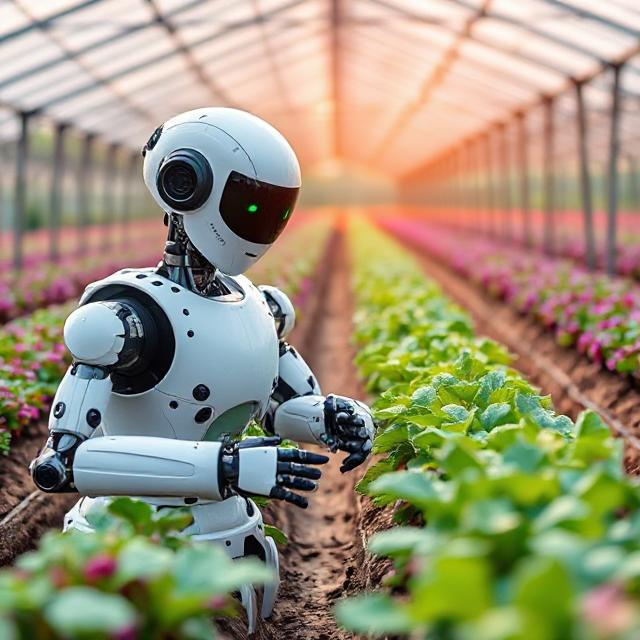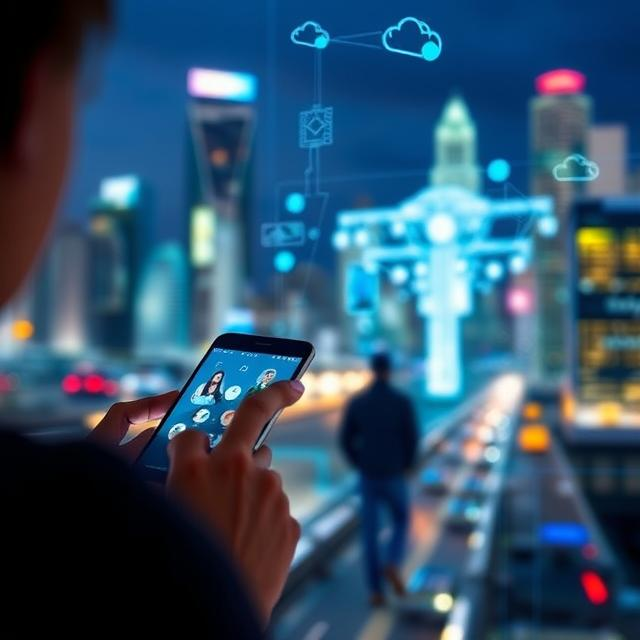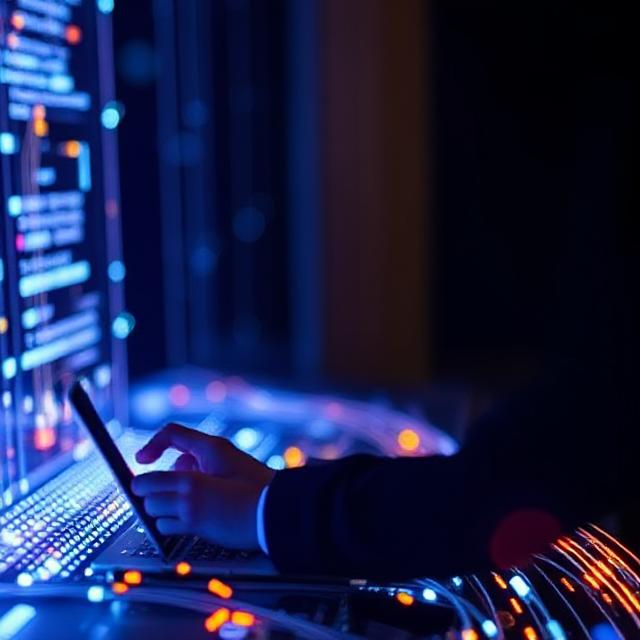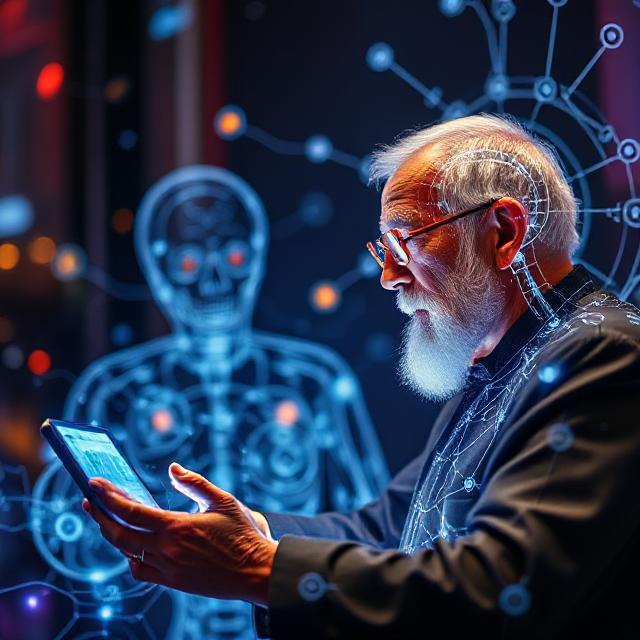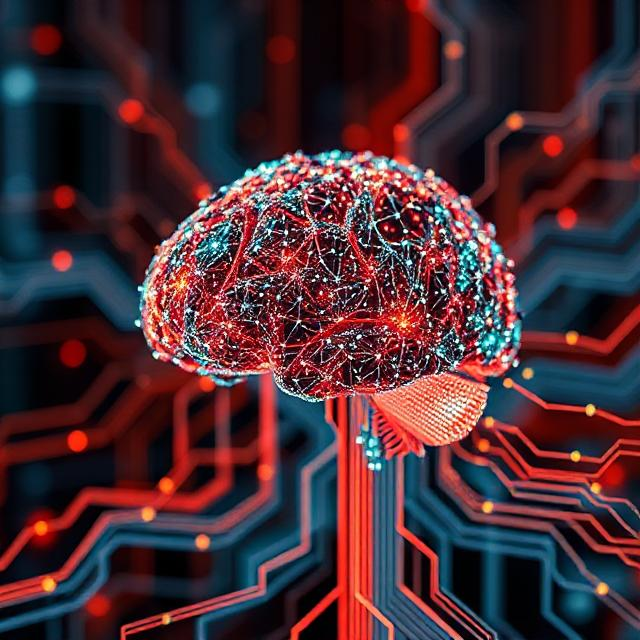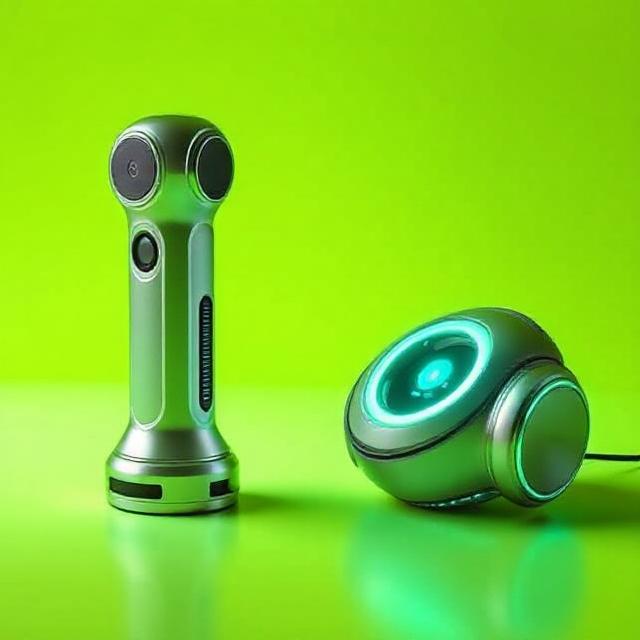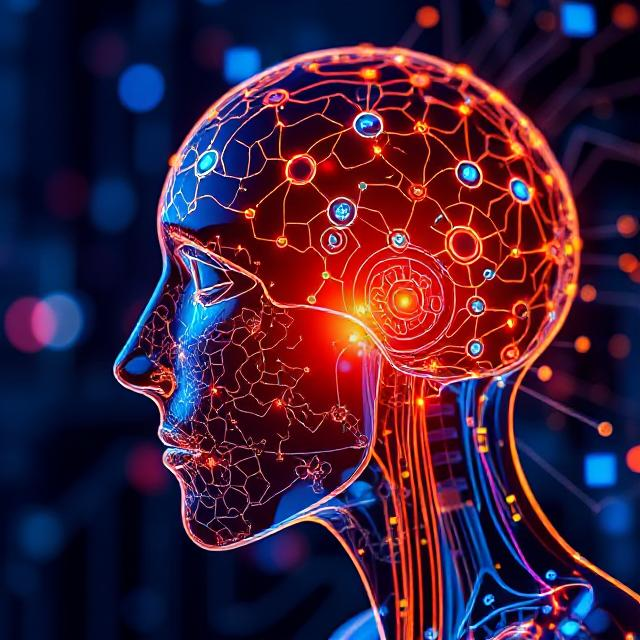
Exploring the Potential of Under-the-Radar Cryptocurrencies: Monero, Hedera Hashgraph, and Pax Gold
The cryptocurrency market is a dynamic and rapidly evolving space, with Bitcoin and Ethereum often stealing the spotlight due to their market dominance and mainstream recognition. However, the blockchain ecosystem is vast, and lesser-known cryptocurrencies—often referred to as altcoins—are carving out niches that address specific needs, from privacy to energy efficiency to asset-backed stability. Monero (XMR), Hedera Hashgraph (HBAR), and Pax Gold (PAXG) are three such projects pushing blockchain technology into new frontiers. This article dives into their unique features, real-world applications, inherent risks, and the broader implications for investors and enthusiasts. By examining these cryptos, we’ll uncover why they stand out and what to consider before diving into the altcoin market.
1. Monero (XMR) – The Privacy King
Monero, launched in 2014, is synonymous with privacy in the cryptocurrency world. Unlike Bitcoin, where transactions are recorded on a transparent blockchain, Monero uses advanced cryptographic techniques to ensure untraceable and unlinkable transactions. This privacy focus makes it a standout for users and businesses prioritizing confidentiality.
Key Features of Monero
- Privacy by Default: Monero employs technologies like ring signatures, stealth addresses, and Ring Confidential Transactions (RingCT) to obscure the sender, receiver, and transaction amount. This contrasts with Bitcoin, where wallet addresses and transaction histories are publicly visible, making it possible to trace activity with enough effort.
- Fungibility: Monero’s privacy ensures that all XMR coins are interchangeable, unlike Bitcoin, where coins tied to illicit activities can be “tainted” and flagged by exchanges.
- Decentralized Mining: Monero uses a proof-of-work algorithm (RandomX) designed to be ASIC-resistant, encouraging mining with consumer-grade hardware like CPUs. This promotes decentralization by allowing more individuals to participate in securing the network.
Use Cases and Adoption
Monero’s privacy features make it appealing for scenarios requiring discretion. Businesses handling sensitive financial data, such as those in healthcare or legal sectors, can use Monero to settle transactions without exposing proprietary information. It’s also used in regions with restrictive financial systems, where users seek to bypass surveillance or censorship. However, Monero’s privacy has a controversial side—it’s been associated with darknet markets and illicit transactions, which has led to scrutiny from regulators and delistings from some exchanges.
As of June 8, 2025, Monero’s market cap hovers around $3.2 billion, with XMR trading at approximately $180 per coin, based on recent data from CoinMarketCap. Its steady adoption and community-driven development suggest resilience, but its niche focus limits its mainstream appeal compared to Bitcoin or Ethereum.
Why Monero Intrigues
Monero’s uncompromising commitment to privacy sets it apart in a world where data surveillance is a growing concern. Its ability to provide financial anonymity without requiring users to trust a central authority aligns with the core ethos of cryptocurrency. For those prioritizing personal sovereignty and financial privacy, Monero is a compelling option.
2. Hedera Hashgraph (HBAR) – The Green Blockchain
Hedera Hashgraph, launched in 2018, takes a different approach to blockchain with its proprietary hashgraph consensus mechanism. Marketed as a faster, greener, and more scalable alternative to traditional blockchains, Hedera is gaining traction among enterprises for its efficiency and governance model.
Key Features of Hedera
- High Throughput and Low Fees: Hedera claims to process up to 10,000 transactions per second (TPS) with fees as low as $0.0001, compared to Bitcoin’s 7 TPS and Ethereum’s variable gas fees. This makes it suitable for high-volume applications like micropayments or IoT.
- Energy Efficiency: Hedera is certified as carbon-negative by the Carbon Trust, consuming a fraction of the energy required by Bitcoin’s proof-of-work mining. This addresses one of the biggest criticisms of cryptocurrencies—environmental impact.
- Governance Model: Unlike fully decentralized networks, Hedera is governed by a council of up to 39 organizations, including Google, IBM, LG, and Boeing. This hybrid model ensures stability and enterprise trust but raises questions about decentralization.
Use Cases and Adoption
Hedera’s enterprise focus has led to partnerships with major corporations. For example, it powers supply chain tracking for companies like Avery Dennison and supports tokenization platforms for digital assets. Its ability to handle high transaction volumes makes it ideal for applications like real-time payments, gaming, and decentralized finance (DeFi). The Hedera Token Service (HTS) allows businesses to create and manage tokens without complex smart contracts, simplifying adoption.
As of June 8, 2025, HBAR’s market cap is around $2.8 billion, with a price of approximately $0.08 per token, according to CoinGecko. Its enterprise backing and technical capabilities position it as a strong contender in the blockchain-as-a-service (BaaS) space, though its centralized governance may deter purists.
Why Hedera Intrigues
Hedera’s blend of enterprise-grade performance and environmental sustainability makes it a forward-thinking project. Its ability to attract blue-chip companies suggests a practical path to mainstream adoption, particularly in industries where scalability and low costs are critical. For those interested in blockchain’s enterprise potential, Hedera is worth watching.
3. Pax Gold (PAXG) – The Gold-Backed Crypto
Pax Gold, launched in 2019 by Paxos, is a stablecoin backed by physical gold, offering a bridge between the volatility of cryptocurrencies and the stability of traditional assets. Each PAXG token represents one troy ounce of gold stored in secure vaults, making it a unique player in the crypto market.
Key Features of Pax Gold
- Asset-Backed Stability: Each PAXG token is redeemable for one ounce of gold, with reserves audited monthly by a third party. This pegging to gold provides a hedge against crypto market volatility.
- Blockchain Accessibility: Built on Ethereum as an ERC-20 token, PAXG combines the liquidity and transferability of cryptocurrency with the intrinsic value of gold, enabling 24/7 trading and fractional ownership.
- Regulatory Compliance: Paxos is regulated by the New York State Department of Financial Services (NYDFS), adding a layer of trust for institutional and retail investors.
Use Cases and Adoption
Pax Gold appeals to investors seeking a safe haven during market downturns. It’s used in DeFi protocols for lending and borrowing, as well as by individuals diversifying portfolios with a crypto asset tied to a tangible commodity. Its stability makes it attractive in volatile markets, as seen during the 2022 crypto crash when PAXG maintained its value while Bitcoin and Ethereum plummeted.
As of June 8, 2025, PAXG’s market cap is approximately $600 million, with each token priced around $2,500, reflecting the spot price of gold, per CoinMarketCap. Its adoption is growing among investors wary of crypto volatility but eager to leverage blockchain’s benefits.
Why Pax Gold Intrigues
Pax Gold’s fusion of gold’s time-tested stability with blockchain’s flexibility is a compelling proposition. It offers a way to own gold without physical storage concerns while enabling use in digital ecosystems. For risk-averse investors, PAXG provides a stable entry point into crypto.
Risks to Consider
While Monero, Hedera, and Pax Gold offer unique value propositions, the altcoin market is fraught with risks that investors must navigate:
- Volatility: Altcoins are notoriously volatile. For example, Monero has seen price swings of 50% or more within months, while HBAR dropped over 80% from its 2021 peak. Even PAXG, though stable relative to gold, can face liquidity risks in crypto markets.
- Regulation: Cryptocurrencies face increasing regulatory scrutiny. Monero’s privacy features have led to bans in countries like Japan and delistings from exchanges like Kraken. China’s blanket crypto ban in 2021 highlights the risk of government crackdowns, which could extend to other regions. Hedera’s enterprise focus may shield it somewhat, but regulatory shifts could impact its operations.
- Adoption and Competition: Each crypto faces competition. Monero competes with other privacy coins like Zcash, Hedera with scalable blockchains like Solana, and PAXG with other stablecoins like Tether (USDT). Limited adoption could cap their growth.
- Security and Technology Risks: Blockchain projects are vulnerable to hacks, bugs, or governance disputes. Hedera’s centralized governance, for instance, could lead to conflicts of interest, while Monero’s privacy features require constant updates to stay ahead of surveillance technologies.

